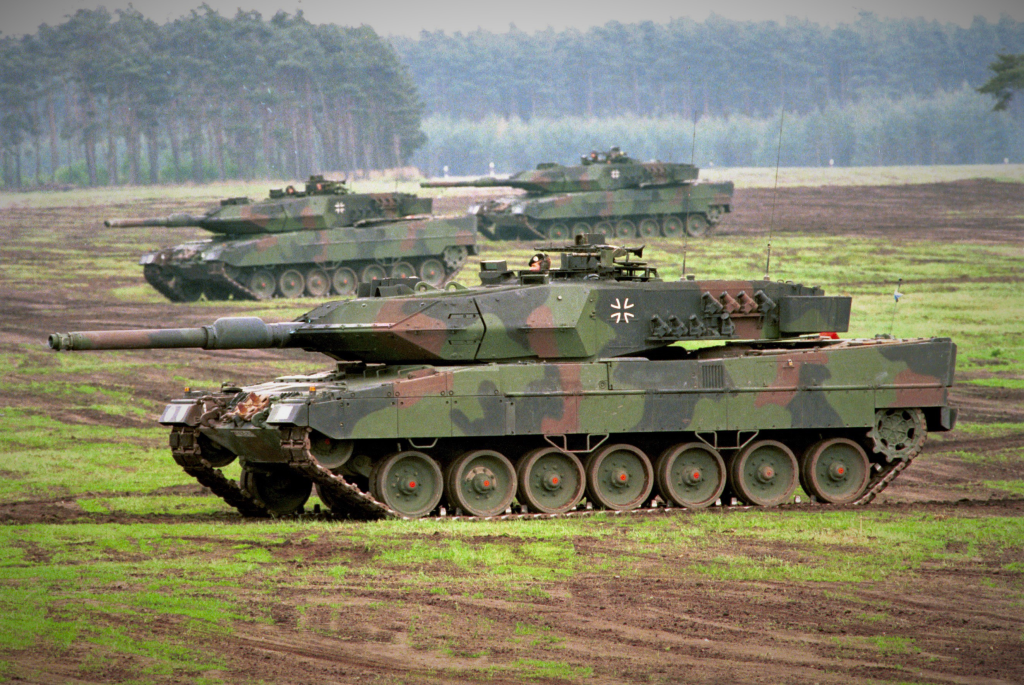
Is a tank capable of altering a war’s course in modern times? On Ukraine’s battlefields, Germany-manufactured Leopard 2 has been perhaps the most powerful armored asset Kyiv has had at its disposal to fight back against Russian troops. Despite being under constant artillery, air-dropped drones, and mines, its survivability rate has astonished even veterans observing from a defense perspective.
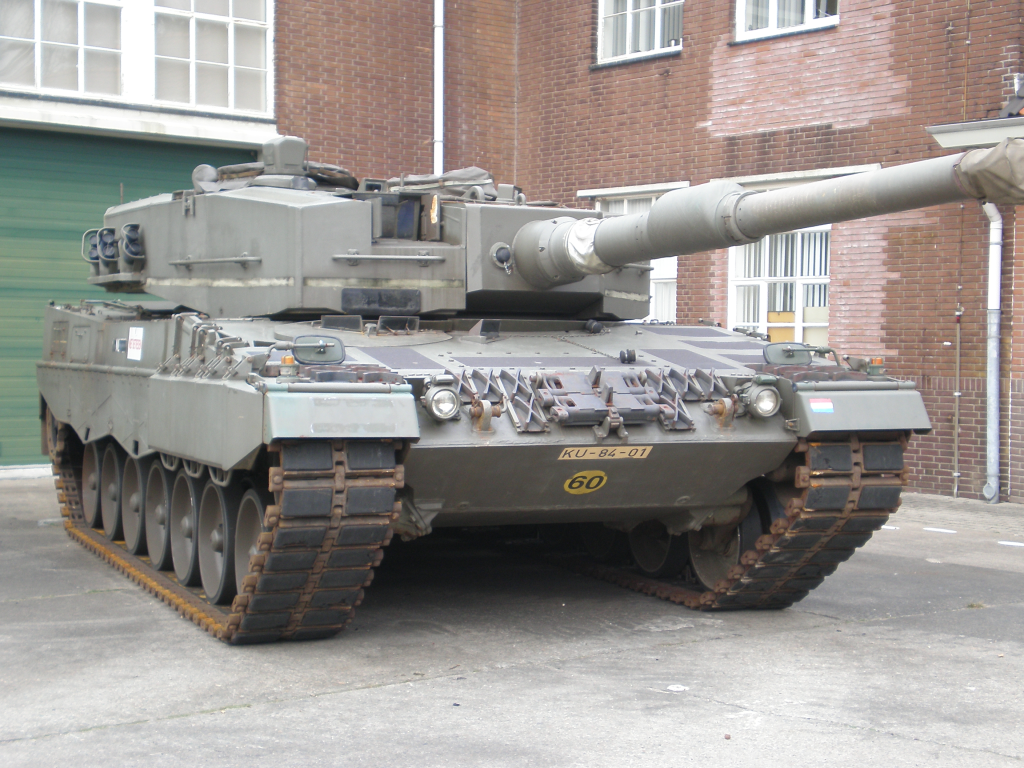
Ever since they debuted in 2023, Leopard 2s besides having survived harsh combat conditions, also returned to combat after being damaged. Their combat performance on the battlefield, logistical repairs, as well as protection for crews, became studies in contemporary armored combat. This list unpacks major factors that account for why Leopard 2 remains a pillar of Ukrainian armor power.

1. Extremely Low Loss Rates
Up to August 2023, Ukraine had lost a mere five of the seventy-one Leopard 2 tanks provided by allies, as per visual confirmation figures of Oryx. Even as late as October 7, 2025,Verified losses had been a mere 13, with just seven being outright destroyed. This was a stunningly low level of attrition for a tank operating at high-pressure combat for two years.
The statistics illustrate Leopard 2 survivability under fire. Although at least ten tanks had been damaged during the 2023 summer offensive, a majority were repaired and back in service. This pattern of damage, repair, and rebasising has enabled Ukraine to keep a larger tank operating count than loss figures might otherwise indicate.
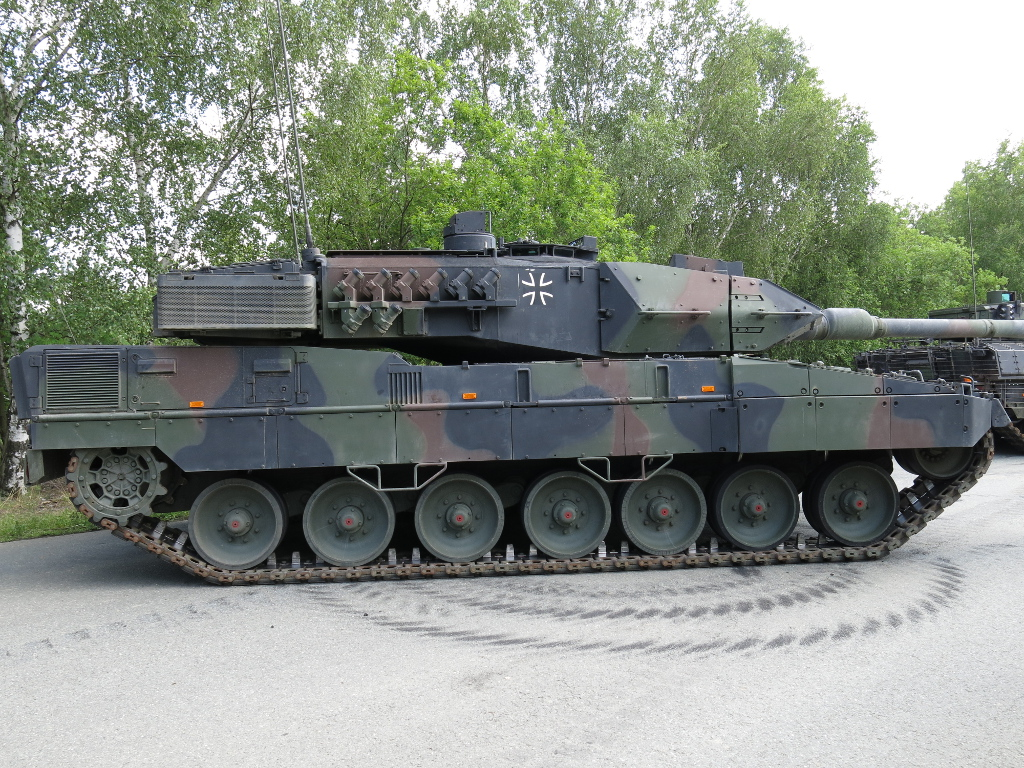
2. Designed for Damage Tolerance
The Leopard 2’s 69-ton body and sophisticated armor configuration have been capable of withstanding harsh battlefield abuse. As Forbes’ David Axe noted, “The raw ruggedness of the 69-ton Leopard 2 implies tanks could get shot up, run to a depot for repairs, get sent back out to battle again then again get shot up.”
This survivability extends beyond hardware. This design’s crew survivability emphasis has saved lives the crew of all twenty crew members from each of the five tanks destroyed had gotten out prior to their vehicles’ burn or explosion by mid-2023. Saving trained crews not only saves lives but also keeps priceless operating experience.
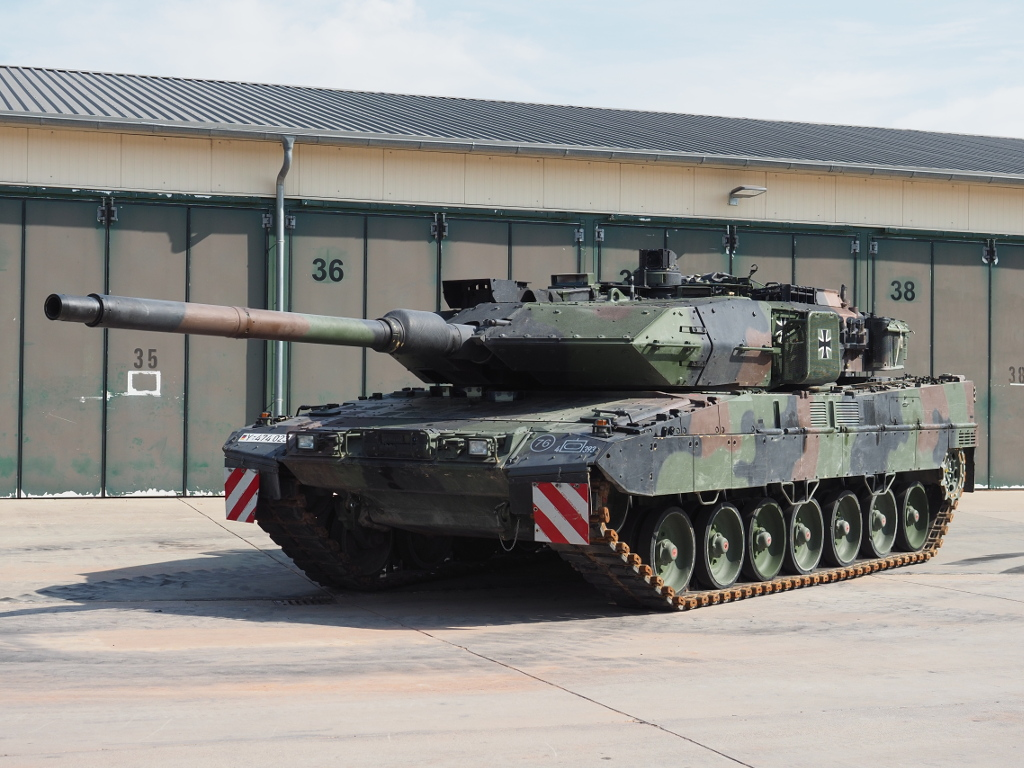
3. Strategic Repair Networks
The Leopard 2’s complexity complicates field repairs, which often necessitates transport to specialized depots. Ukraine has benefited from a multinational repair network, with principal nodes in western Ukraine, Lithuania, as well as Poland’s Bumar-Łabędy Mechanical Plant south of that country. Poland’s close geography and longtime Leopard 2 maintenance experience render it a principal partner.
Canada’s 2025 increase in appropriations by $14.6 million further boosted the Polish repair shop’s capacity, enabling wrecked tanks to be rebuilt more quickly. This logistics core has been central to keeping Ukrainian ground-armor readiness high.

4. Operational Restrictions during Contemporary Warfighting
Despite its features, the Leopard 2 has not been a simple transition vehicle. Sergej Sumlenny at the European Resilience Initiative Center explained as follows “Leopard 2s were not suited for the Ukrainian battlefield either. They are fine provided they get good air cover, but Ukraine hasn’t had this.”
Vulnerability to drones and differentiated maintenance requirements have, in some cases, had the tanks fulfill a role more suited to heavy artillery than to breakthrough armor. Such a metamorphosis reflects a changing face of modern combat, for which air defense as much as armor plating holds equal value.

5. The Numbers Problem
Even with supplemental deliveries, Ukrainian Leopard 2 stockpile remains small. With 167 or more distinct variants sent, loss or repair time for a few tanks translates to a large hit to frontline availability. Sumlenny stressed, “If one or two need to get repaired, that’s a large piece of what Ukraine has that now can’t get used for a period of time.”
This shortage increases the value of fast repair cycles and judicious tactical shifts, that the tanks might be employed where they will do most good.

6. Lessons for NATO Procurement
The sale of Leopard 2 tanks from Germany to Ukraine fueled debate over its own military procurement. Green Party defense spokesperson Sara Nanni elaborated, “We may no longer think in such low volumes. We need to factor in that vehicles will carry a long period of downtime after they’re hit and just need to get fixed.”
The conflict has underscored larger reserves, simpler designs for rapid repair, and integrated logistics planning as lessons that NATO members will likely transfer to future programs for armored vehicles.
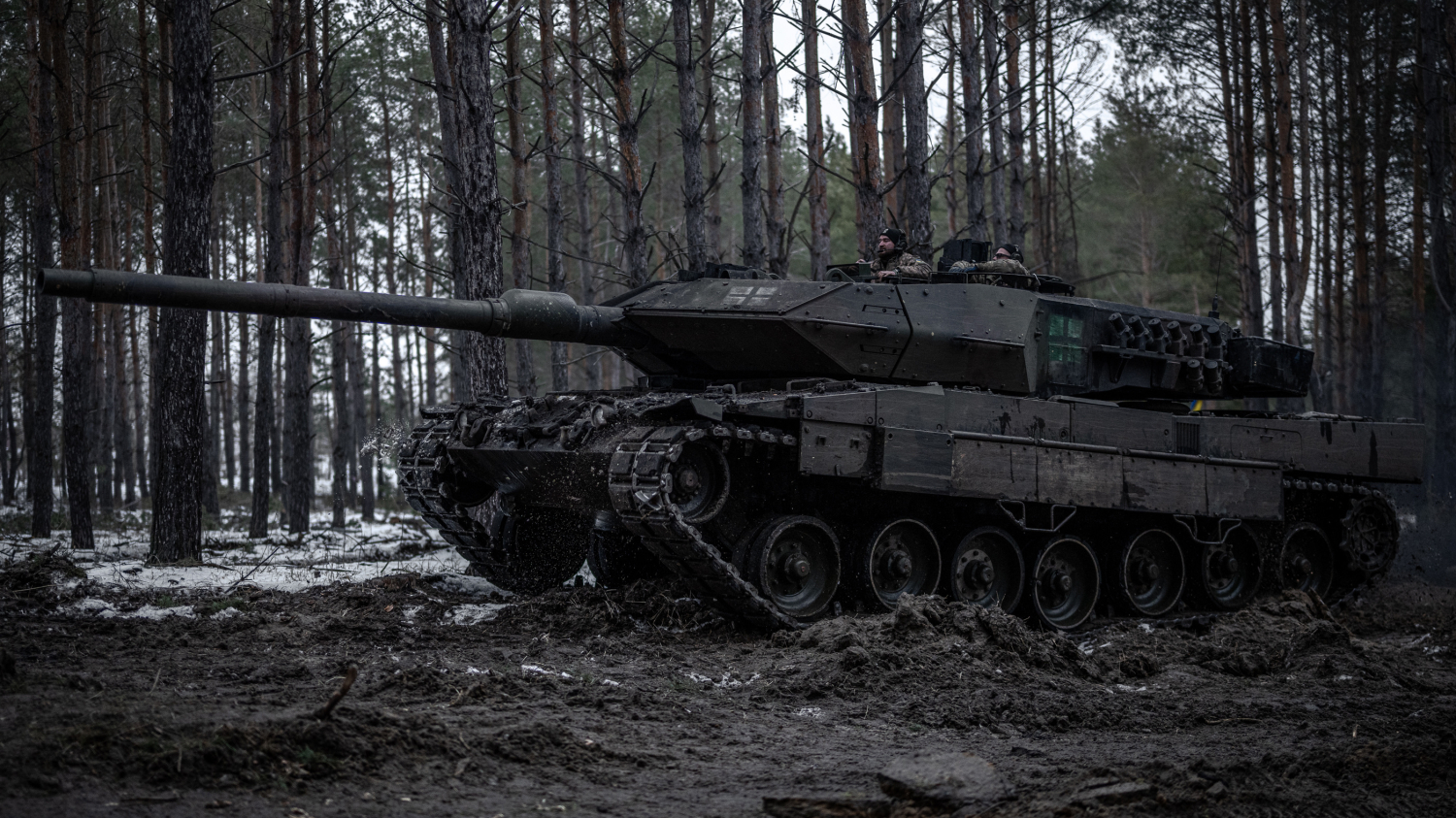
7. Comparisons with Other Western Tanks
Ukraine’s Leopard 2 troubles are reflected in its other Western tanks as well. Abrams tanks, US national security adviser John Sullivan acknowledged, were “not the most useful piece of equipment” for Ukraine, while retired US Army general Mark Hertling characterized them as having “immense maintenance demands” as well as “enormous fuel consumption”
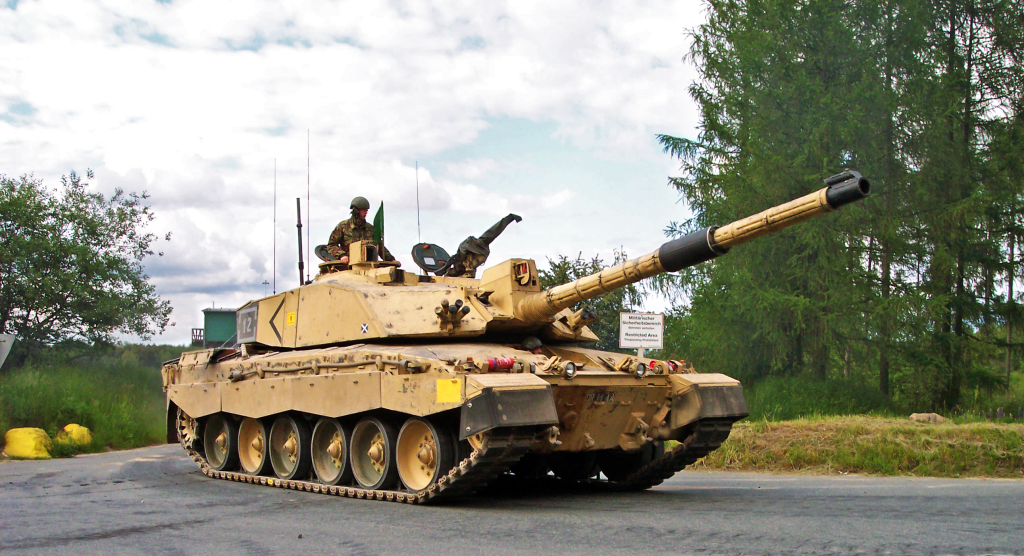
Even British Challenger 2 tanks, meanwhile, have suffered mechanical breakdowns as well as extended waits for spare parts. In this regard, Leopard 2’s relatively moderate loss rate and reparability are notable, if it must also inherit some of the same logistics woes. The Leopard 2’s performance in Ukraine has been a balance of engineering success and logistical frustration. Its combat durability, protection of its crew, and repairability after damage have ensured that it remains a prized possession, albeit with its overall effectiveness hamstrung by operating restrictions. For Ukraine, its presence has been a token of endurance, for NATO, a lesson in why, with modern armor warfare, sophisticated vehicles are just as much a necessity as are resources for maintaining it in combat.


